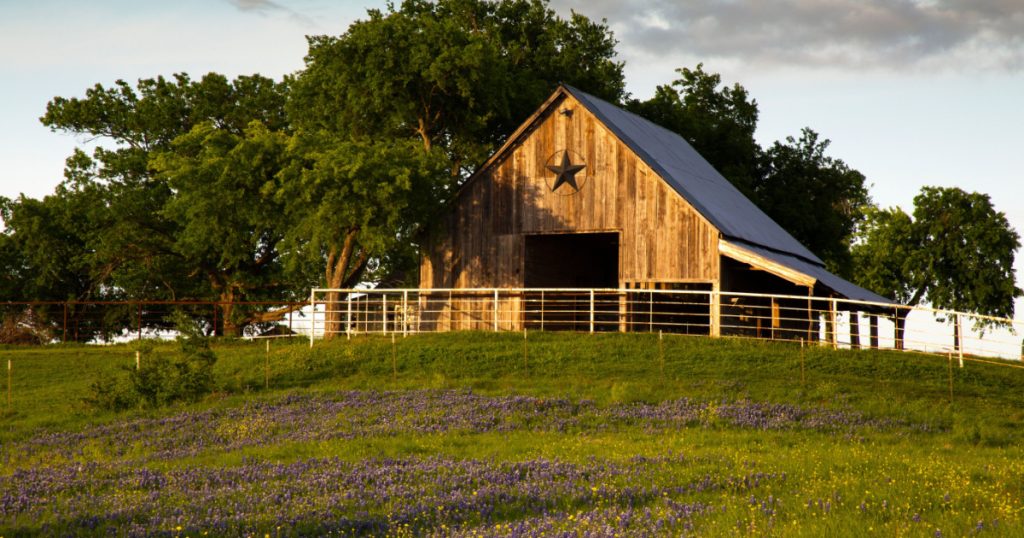Barn stars, a common sight above the doors of barns, hold a deeper significance than meets the eye. These decorative ornaments, often made of metal or painted on, serve as more than just a pretty face. For German-American farmers, barn stars are a symbol of protection, prosperity, and good fortune.

The origins of barn stars date back to the 1830s, specifically among the Pennsylvania Dutch community. Each star is a unique representation of European German folk art, brought over by early settlers. The Amish, known for their simple way of life, have preserved this tradition, passing it down through generations.

But what do these stars actually mean? Different colors hold distinct significance. A green barn star, for instance, represents fertility and growth, while blue or black stars signify protection over the farmer, their family, and crops. Brown stars, on the other hand, symbolize friendship.
Interestingly, barn stars are not the same as hex signs, another common symbol associated with Pennsylvania Dutch culture. According to Patrick Donmoyer, director of the Pennsylvania German Cultural Heritage Centre, hex signs originated nearly 100 years after barn stars and were inspired by quilt squares.

The evolution of barn stars is a fascinating story. In the 1920s, artist Wallace Nutting misinterpreted the original quilt squares, creating the hex signs we know today. By the 1950s, these designs had become a popular tourist attraction, symbolizing the ingenuity and traditions of the Pennsylvania Dutch community.

Barn stars are not unique to American culture. Many civilizations have their own symbols, designed to ward off evil and bring prosperity. The Om symbol, for example, is used in Hinduism and Buddhism to purify the body and mind. The Eye of Horus, an ancient Egyptian symbol, offers protection and healing. Similarly, the Hamsa Hand, found in Middle Eastern and Mediterranean cultures, wards off evil and brings good fortune.

The turtle, revered by Native American and African tribes, represents longevity, wisdom, fertility, and being grounded. The Helm of Awe, a Norse symbol, shields warriors during combat and instills terror in their enemies.

Despite their differences, these symbols share a common thread – they all promise safety, wealth, and good health. They serve as a reminder of our ancestors’ wishes for the future prosperity of our families and communities.
The intricate history of barn stars is a testament to the power of symbolism and tradition. Whether you’re interested in history, culture, or simply the stories behind these beautiful designs, barn stars are sure to captivate and inspire.


